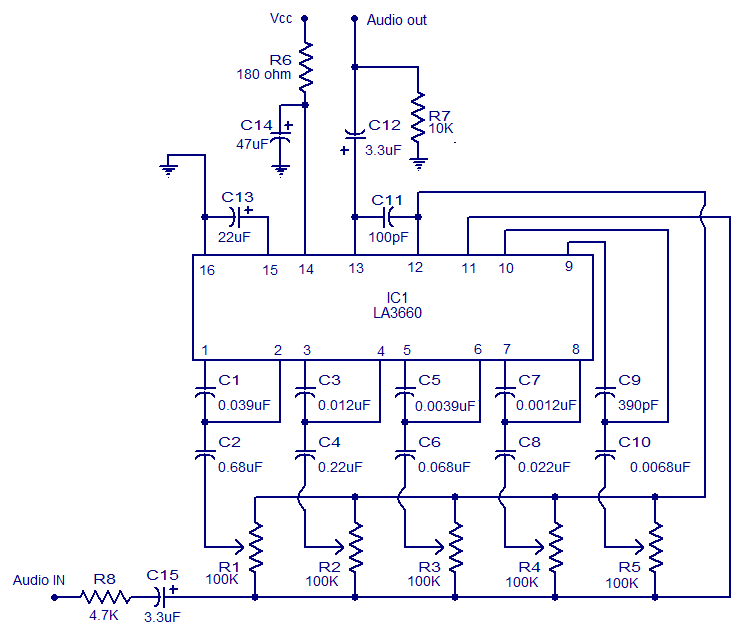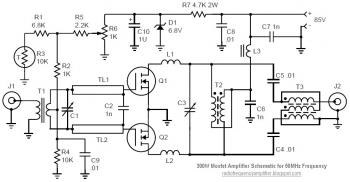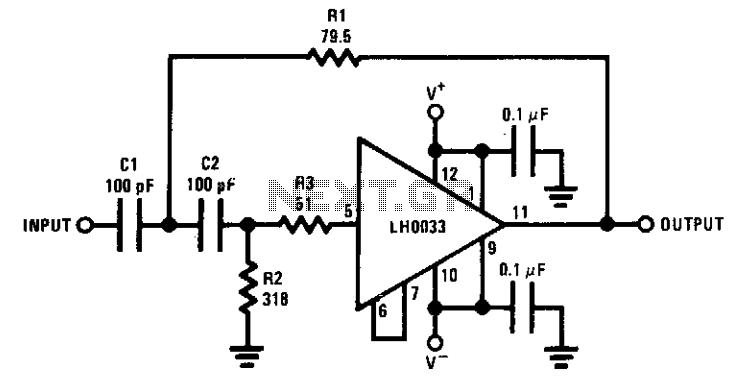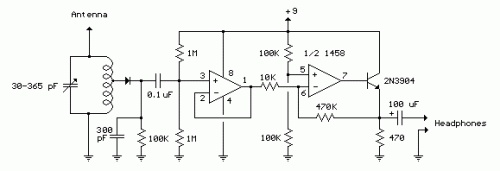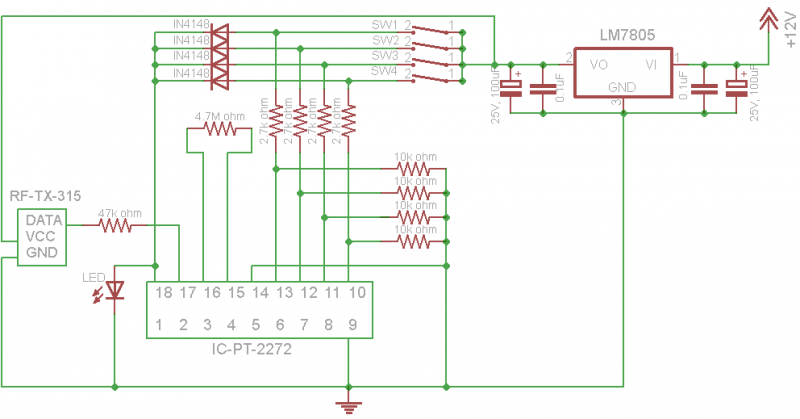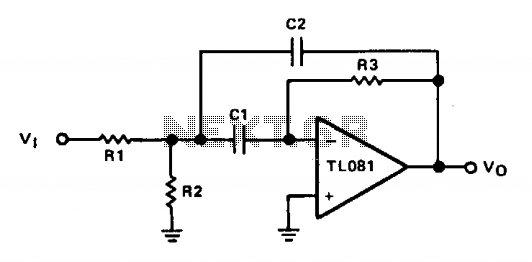
88-108 Mhz to AM broadcast band
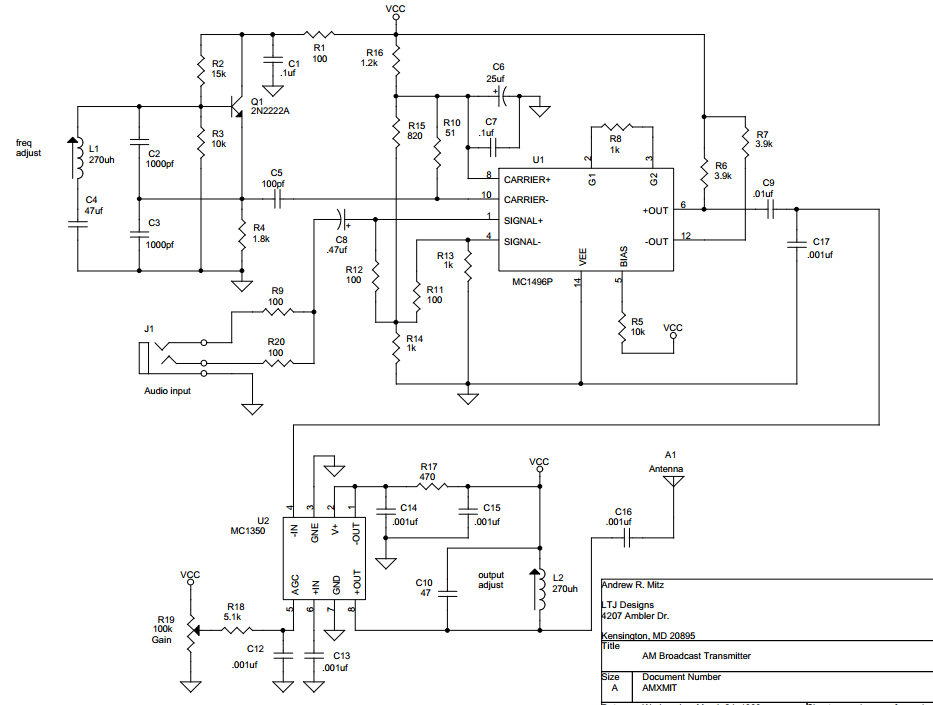
I designed this circuit. It can be connected to an FM tuner to play FM stations on an AM radio.
This circuit serves as an interface between an FM tuner and an AM radio, allowing the reception of FM stations on an AM band. The design typically includes a modulator that converts the frequency of the FM signal into a format that can be transmitted over the AM band.
The circuit may consist of the following key components:
1. **FM Tuner**: The FM tuner receives the desired FM radio frequency. It often includes a front end that filters and amplifies the incoming signal to ensure clarity and strength.
2. **Modulator**: This component is crucial as it converts the FM signal into an AM signal. A common approach is to use a product modulator or a balanced modulator that mixes the FM signal with a carrier frequency, which is typically set within the AM band.
3. **Carrier Oscillator**: This oscillator generates the carrier frequency that the modulator uses. The frequency is adjustable, allowing the user to select a specific AM channel for transmission.
4. **Amplifier**: After modulation, the AM signal may require amplification to ensure it can be effectively transmitted over the airwaves. A Class C amplifier is often used for this purpose due to its efficiency in broadcasting.
5. **Antenna**: The output signal is then transmitted via an antenna designed for AM frequencies. This antenna should be carefully designed to match the impedance of the amplifier to maximize power transfer.
6. **Power Supply**: A stable power supply is necessary to provide the required voltage and current to the circuit components, ensuring reliable operation.
In summary, this circuit effectively bridges the gap between FM and AM radio technologies, enabling users to enjoy FM broadcasts on standard AM receivers. Proper tuning and alignment of the components are essential for optimal performance and signal quality.I designed this circuit. It can be connected to an FM tuner to play FM stations on an AM radio. 🔗 External reference
This circuit serves as an interface between an FM tuner and an AM radio, allowing the reception of FM stations on an AM band. The design typically includes a modulator that converts the frequency of the FM signal into a format that can be transmitted over the AM band.
The circuit may consist of the following key components:
1. **FM Tuner**: The FM tuner receives the desired FM radio frequency. It often includes a front end that filters and amplifies the incoming signal to ensure clarity and strength.
2. **Modulator**: This component is crucial as it converts the FM signal into an AM signal. A common approach is to use a product modulator or a balanced modulator that mixes the FM signal with a carrier frequency, which is typically set within the AM band.
3. **Carrier Oscillator**: This oscillator generates the carrier frequency that the modulator uses. The frequency is adjustable, allowing the user to select a specific AM channel for transmission.
4. **Amplifier**: After modulation, the AM signal may require amplification to ensure it can be effectively transmitted over the airwaves. A Class C amplifier is often used for this purpose due to its efficiency in broadcasting.
5. **Antenna**: The output signal is then transmitted via an antenna designed for AM frequencies. This antenna should be carefully designed to match the impedance of the amplifier to maximize power transfer.
6. **Power Supply**: A stable power supply is necessary to provide the required voltage and current to the circuit components, ensuring reliable operation.
In summary, this circuit effectively bridges the gap between FM and AM radio technologies, enabling users to enjoy FM broadcasts on standard AM receivers. Proper tuning and alignment of the components are essential for optimal performance and signal quality.I designed this circuit. It can be connected to an FM tuner to play FM stations on an AM radio. 🔗 External reference
